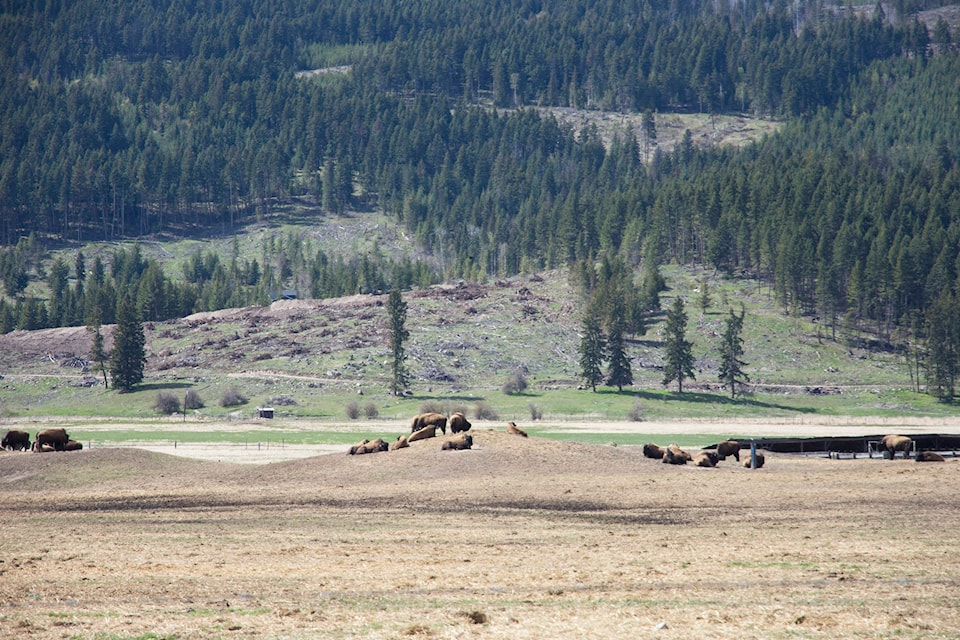Turtle Valley residents lost the first battle with Nutrigrow/Arrow Transport when our application was dismissed on Friday.
While Arrow believes that they have met all of the rules and regulations, we believe that their plan does not adequately address the many sensitive characteristics of the site or mitigate their potential impacts.
This site is particularly sensitive as a steep south-facing slope on the side of a mountain that borders a creek, a lake and sits at least in part, on an aquifer used by many residents as a drinking water source.
In addition, the application rate is very high (777 dry tonnes/ha) and the method of application—i.e. mixing biosolids with wood fibre and soil and then applying to the site to a depth of one metre—makes the site even more vulnerable to surface water runoff during high rainfall events or spring runoff. (Note: The valley has experienced extremely high runoff in two of the last three years.)
While logic and common sense suggest that these factors combined pose an extremely high risk of allowing toxins and leachates to be carried into neighbouring water bodies via surface water or runoff, the Organic Matter Recycling Regulation (OMRR) does not regulate for slope nor does it require setbacks from an aquifer.
Read more: Turtle Valley Bison Ranch owners speak on biosolids controversy
Read more: Court decision allows biosolids trucks to roll into Turtle Valley
Read more: Injunction bid from opponents of Turtle Valley biosolids project rejected
Read more: First Nations group takes up biosolids protest
There are references in the Best Practices guide suggesting south facing slopes be avoided particularly in areas where high runoff might be anticipated.
By applying for this injunction we are trying to avoid contamination of our water resources.
Some of the toxic chemicals in biosolids remain in the soil for very long periods of time. A local physician emailed our lawyer to warn of C. difficile as a very serious health hazard, highly likely to be present in biosolids in elevated amounts as one such example.
The “fertilizer” aspects in biosolids will eventually dissipate but the other trace heavy metals and many other chemicals are left behind.
I do not question the testing results that pertain to the OMRR regulations. I might disagree with the standards, but the tests themselves are tightly controlled and cover a very narrow range of heavy metals, coliform content and vectors.
OMRR simply ignores the wide range of other chemicals present in the biosolids, the contaminants of emerging concern that we should be most worried about.
Our friends and allies in this battle, the Secwepemc Nation, are now taking up the fight and we will do our best to support them in this cause.
Our water and soil are precious, they should not be compromised in order to provide profits to corporations or private individuals.
Margaret Fryatt
